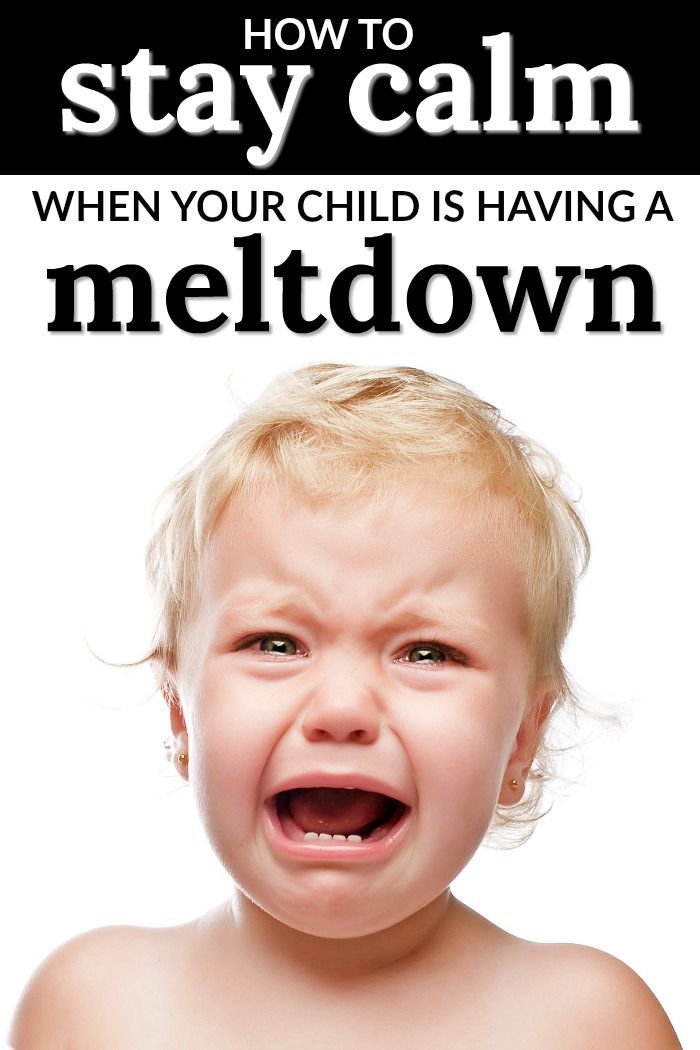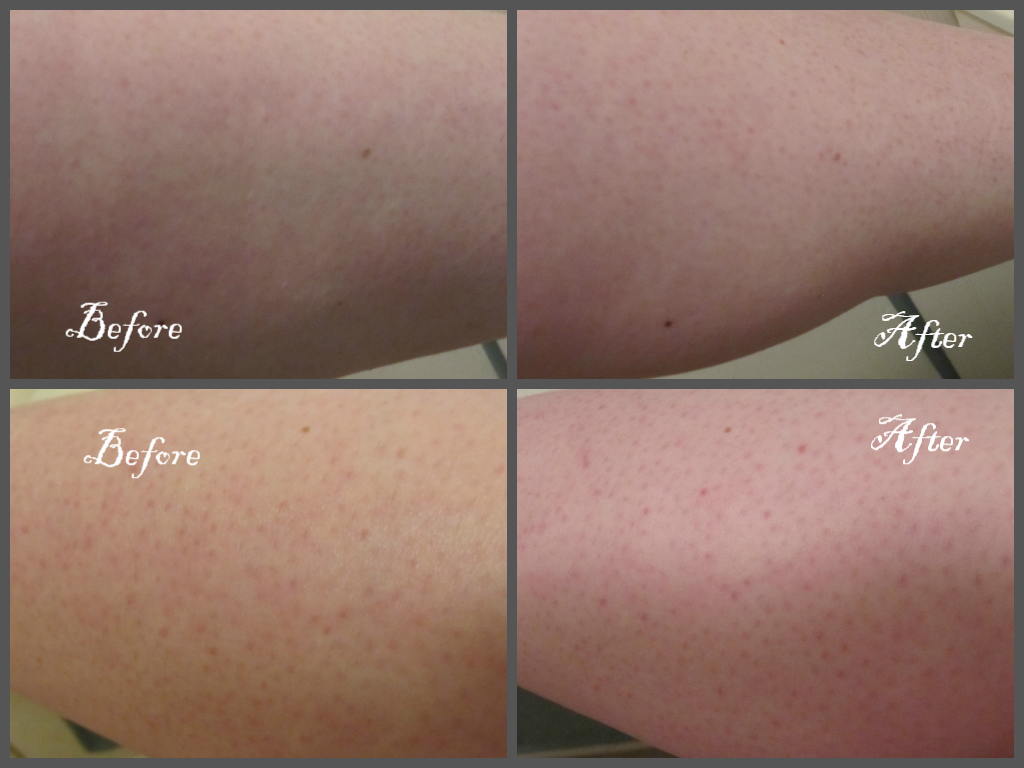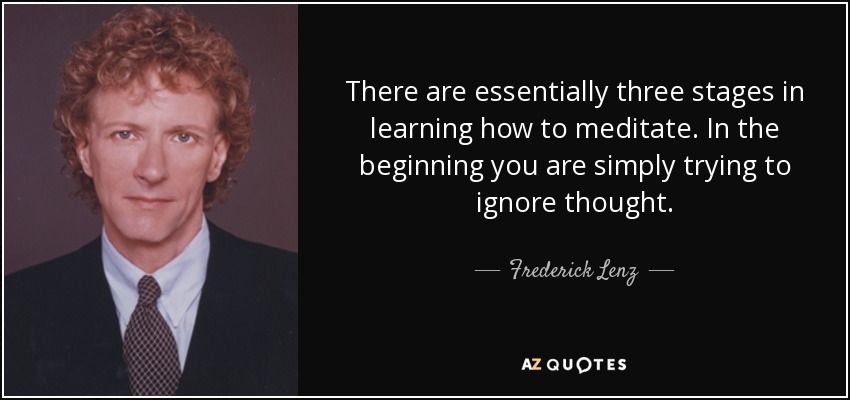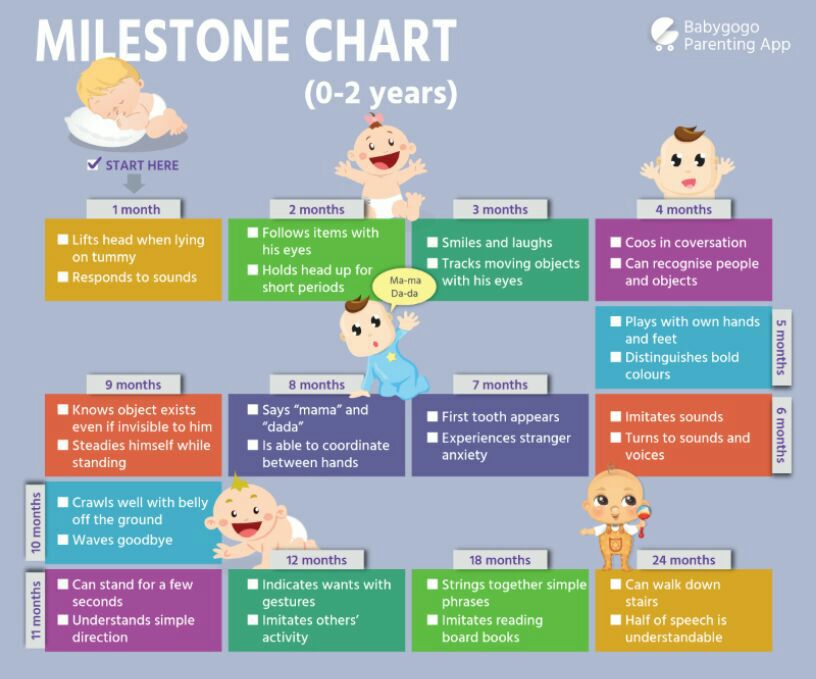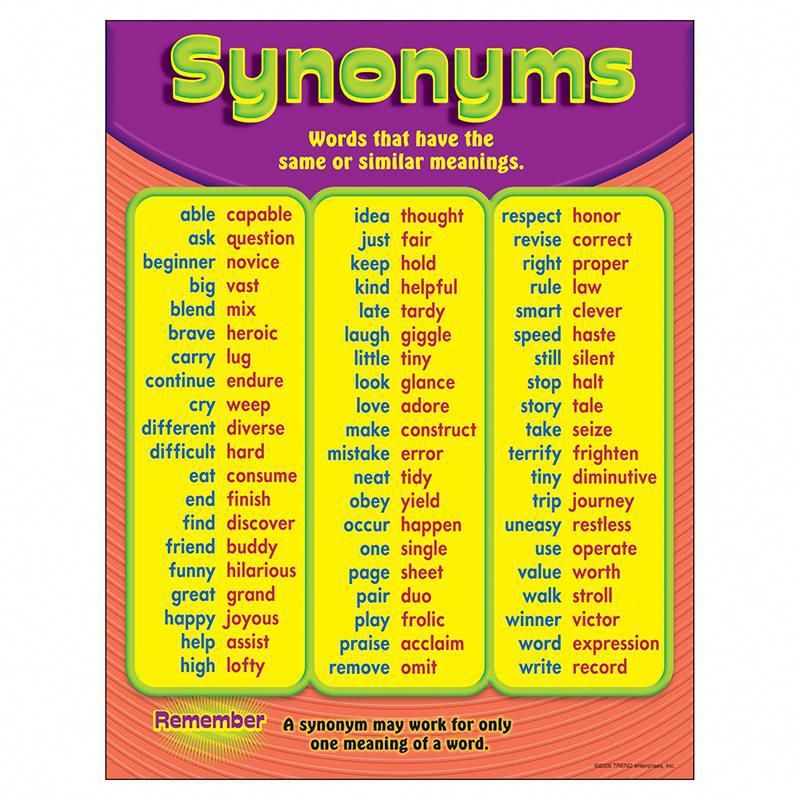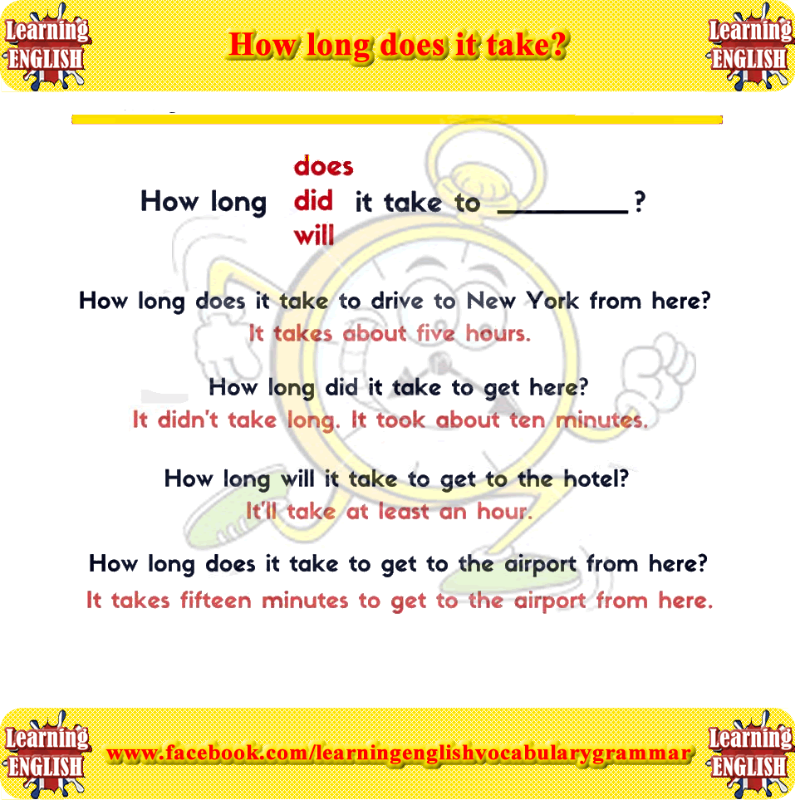How to stay calm with adhd child
7 Ways to Calm Your Child with ADHD
To help your child thrive, highlight the positives. Here’s how you can create healthy habits.
All children are different, and it’s these differences that make them unique and fascinating. As parents, our mission is to nurture these distinctive traits and help our children achieve all the things they put their minds to.
To help them thrive, we generally highlight their positives while downplaying the negatives. The problems arise when we see these remarkable differences as deficits.
A child’s hyperactivity may seem like a negative. And while hyperactivity and other symptoms of attention deficit hyperactivity disorder (ADHD) can stand in the way of productivity and attention, they’re part of that child and, if managed, can also allow them to grow and thrive.
So, what are the best ways to calm your child with ADHD and help them obtain success?
If your child is diagnosed with ADHD and begins treatment, as a parent, it’s your job to follow through on recommendations.
If you decide that medication for your child is best for the both of you, consistency is critical. It’s important to know that it’s difficult to tell if your child’s treatment is working when done sporadically. It’s also important to communicate with their doctor if you have concerns about medication selection and side effects.
During this time, it’s important to seek other services like parent training, social skills groups, and therapy for your child to help improve their symptoms.
Just like you need to be consistent with treatment instructions, you need to be consistent at home. Children with ADHD succeed in environments that are consistent. This means that there must be a sense of structure and routine at home.
You may notice that hyperactivity becomes worse during unstructured times — and without supervision, hyperactivity may increase to an excessive level. By building a routine with some flexibility, you create fewer possibilities for hyperactivity to intensify.
Over time, a stable structure can transform into healthy practices. This will provide your child with the ability to manage their hyperactivity. While you don’t need to micromanage, you do need to put some reasonable orderliness into place.
Asking a person with ADHD to sit still and stay quiet for a certain amount of time is insensitive. It’s better to break up activities that require calmness into chunks of time to help them succeed.
If your child can only tolerate a few minutes of homework, ask them to do as much as they can in those minutes. Following the work, they can take a three-minute break to stretch, hop around, or whatever they decide on before they sit down for another couple of minutes.
This approach ensures that their time sitting down is productive versus being filled with squirming and excessive movements.
Shaping is a psychological method used in behavioral and cognitive behavioral therapies. In shaping, you accept the behavior at its baseline and work to make small changes with the use of reinforcement.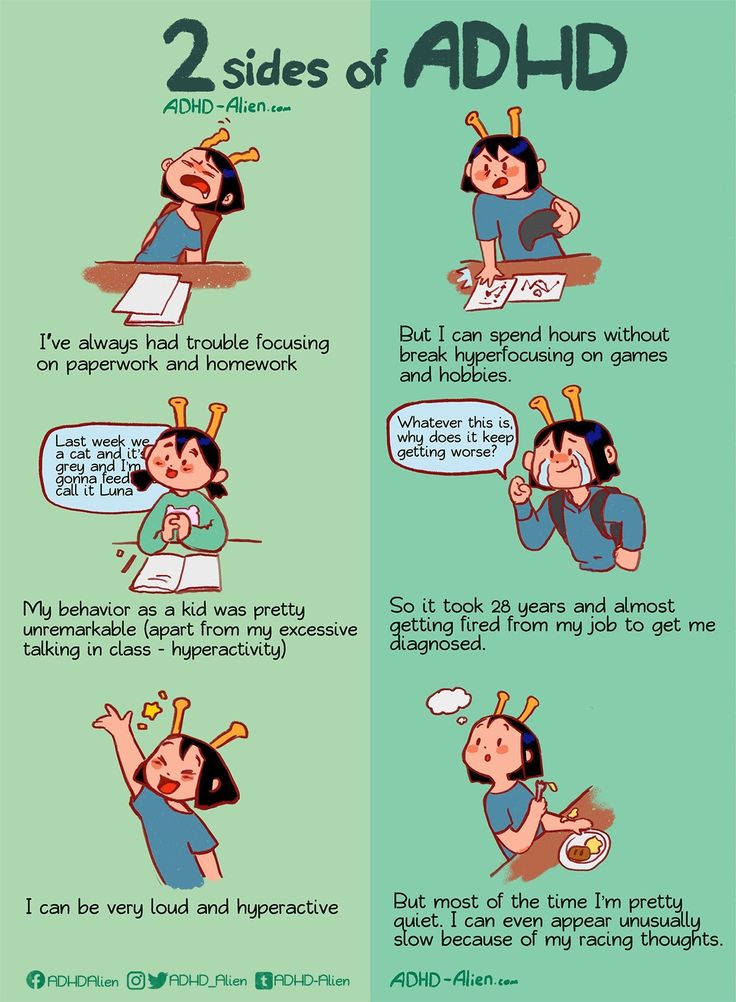
If you wanted to incorporate shaping into the previous homework example, you would start at six minutes, break, seven minutes, break, eight minutes, until their homework is complete.
When your child accomplishes the fixed amount of time at regular activity levels, you give a reward. Rewards can be kind words, a hug, small amounts of money, or a fun activity later on. This process empowers your child to associate extended periods of desired activity levels with positives. With consistency, the times will stretch and become longer.
Allow your child to fidget while engaging in a task that requires a lot of patience. Allowing them to play with a small toy, a piece of clothing, or a fidget tool (like a fidget cube) can help improve attention and focus while simultaneously reducing activity levels.
Your child may do well if they’re allowed to burn off excess energy through playtime before they’re expected to sit still for a number of minutes.
For example, if your child has been sitting all day and bottling up their energy, completing homework as soon as they arrive home may not be the answer.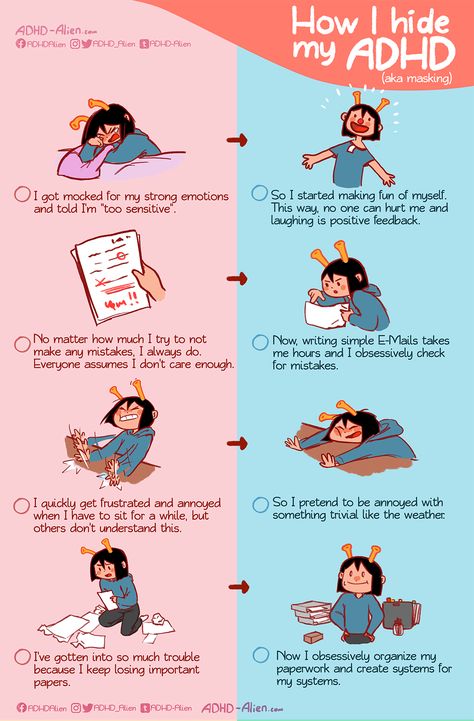 Instead, find some physically-demanding, fun activities for them to do when they first get home.
Instead, find some physically-demanding, fun activities for them to do when they first get home.
Allowing your child to play for a half hour may make focusing on homework more effective and efficient.
Learning about, practicing, and teaching your child about relaxation techniques may help to increase their awareness and understanding of their bodies, feelings, behaviors, and hyperactivity.
These can include deep breathing exercises, progressive muscle relaxation, mindfulness meditation, visualization, and yoga. There are more relaxation techniques out there as well!
Finding the best times to implement these skills will take some experimentation, but the results will be worth it.
NewLifeOutlook aims to empower people living with chronic mental and physical health conditions, encouraging them to embrace a positive outlook despite their circumstances. Their articles are full of practical advice from people who have firsthand experience of ADHD.
ADHD in Kids: A Parent’s Guide to Remaining Calm when Your Child has ADHD/ASD
Be mindful of your example.
Raising kids with ADHD is tough. They seem to have been born with the gift of instilling frustration even in the most peaceful of humans. It isn’t their intent, mind you. Far from it, in fact. But, nonetheless, their innate behaviors can frustrate everyone around them, especially their parents.
If a parent has an emotional, intense, or inflexible response, the child will too. If the parent remains calm, the child will be calmer than when everyone is emotionally charged. When a parent is angry or aggravated, it only escalates the child’s behavior, adding fuel to the already burning fire. Nothing productive can come from a clash of the titans in your own living room. Repeat after me, “No-thing.” When that happens, everyone walks away angry and frustrated, your child feels misunderstood and down on themselves, and the issue that started it all didn’t even get addressed, much less resolved.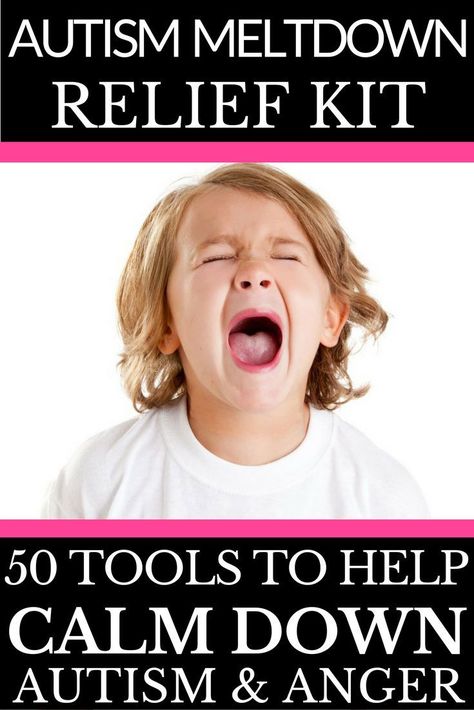
When he was younger, I found myself yelling, “Why can’t you just ____” statements at my son, Ricochet, repeatedly, every day.
“Why can’t you just listen the first time I give instructions?”
“Why can’t you just stand in line without jumping around?”
“Why can’t you just calm down for five minutes?”
“Why can’t you just get the chore over with and move on?”
“Why can’t you just do your homework?”
Well, he can’t “just” do these things because genetics and environment clashed to create a brain that simply isn’t built for it. Once I realized, and accepted that, I could begin my journey to calm and positive parenting — two parenting traits that are crucial to success in families with ADHD and/or “high-functioning” autism in the mix.
So, how does a parent remain calm in the throes of a challenging, frustrating, intense situation?
Step 1: The Reality Check
Recognize that what looks like willful defiance may not be (because behavior is communication).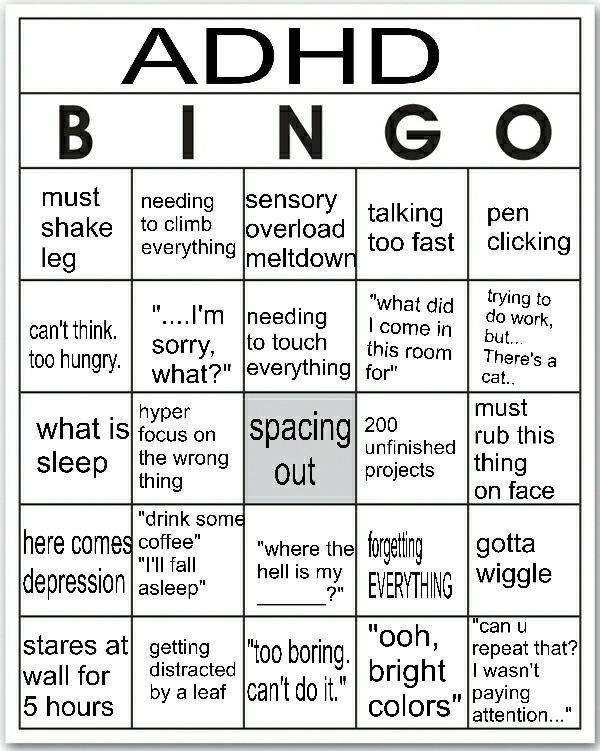 Once you accept that ADHD behavior is not willful, nor stupid or lazy, you have built your foundation for calm. You are the parent, the leader by example more than declarations, especially with kids with ADHD. “Do as I do,” should be your #1 parenting mantra.
Once you accept that ADHD behavior is not willful, nor stupid or lazy, you have built your foundation for calm. You are the parent, the leader by example more than declarations, especially with kids with ADHD. “Do as I do,” should be your #1 parenting mantra.
Step 2: The Empathy
Don’t take your child’s behavior personally. Leave your own emotions about your child’s behavior out of it. Instead, show empathy and validate their feelings (even if you don’t think their emotions or behavior are appropriate). State facts in a calm and even tone of voice.
Your child may try to goat you (“I hate you, Mom!”), but don’t bite. Stick to the facts, remain even, and work with your child to find a compromise or resolution that can work for all. By doing this, you are setting an appropriate example for your child, by modeling emotional regulation.
Step 3: The Facilitation
Help your child navigate their emotions and appropriate behavior by guiding him or her through frustration — he or she likely doesn’t have the skills to manage frustration yet.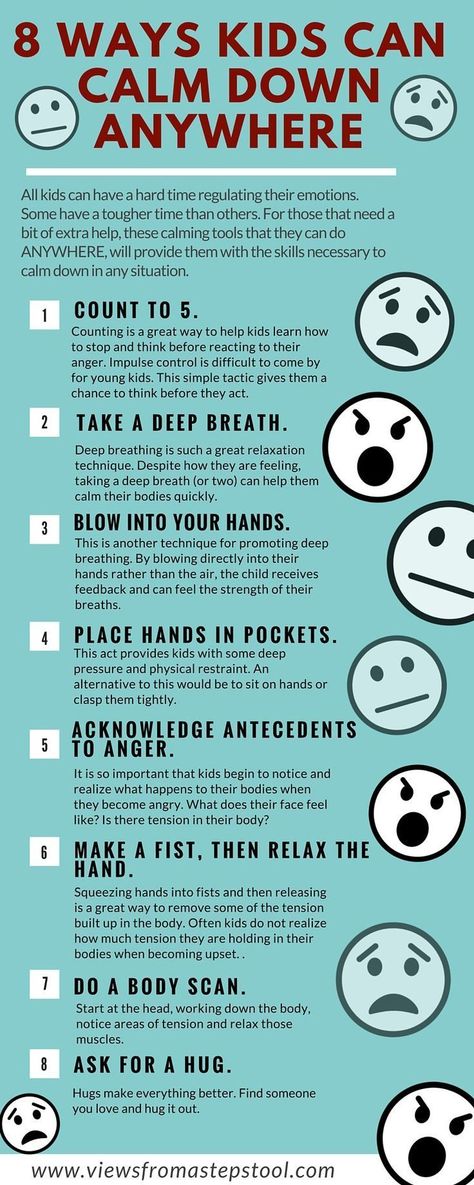 By taking on the role of facilitator in these situations, you are teaching lagging skills and naturally improving a similar future situation.
By taking on the role of facilitator in these situations, you are teaching lagging skills and naturally improving a similar future situation.
Step 4: The Collaboration
Work with your child, even when they are challenging you. It’s essential to throw out traditional parenting assumptions (the parent role is the “authoritarian”), and rewrite the rule book specific to your child’s own unique truth. As Ross Greene points out in his latest book, Raising Human Beings, if the parent acts as dictator, someone always has to lose, which is a problem. Instead, collaborating with your child creates a win-win situation.
If your child is having an angry outburst, you could snap and say, “Get over it and act your age.” Or, you could say, very calmly, “How can I help you?” We all know the reactions to each would be far, far different. The first spotlights weaknesses and will only inflame the building fire. The later conveys caring and compassion and is likely to soften anger.
Let’s look at an example from my own family:
Ricochet comes to me and says, “I want this new game but I don’t have allowance until tomorrow.”
“Ok, Buddy. You can buy it tomorrow,” I reply.
“NO! I want it now. Tomorrow is too far away!”
“I’m sorry,” I state calmly and matter-of-fact. “The rule is that you must have the money to spend the money. I’m happy to help you get it tomorrow.”
Ricochet begins tossing things and slamming doors to show his anger. I let him cool off in his room for a few minutes, then go check on him.
“Your rules are stupid! It doesn’t hurt anybody for me to get it today!” he fires off, making sure I see the evil glare he’s sending my way.
“I’m sorry you don’t agree with the rule, but it’s still part of life for everyone. Momma and Daddy don’t get to spend our money before we have it, so it’s something you have to learn as you grow up too.” Still totally calm and even, I add, “You can make a purchase tomorrow. It’s almost bedtime now, so that’s really not so far away.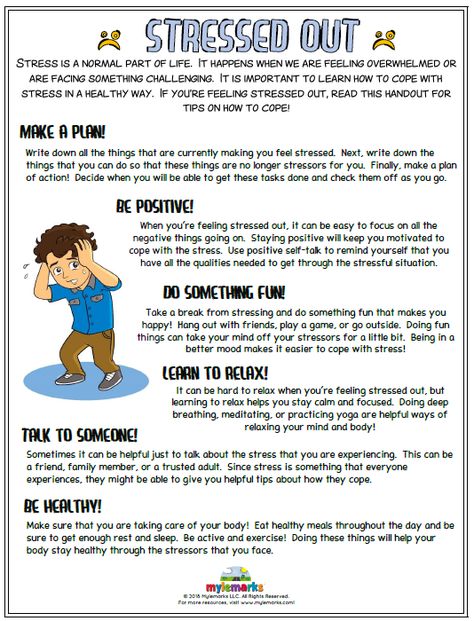 ”
”
Ricochet groans.
“I like the way you retreated to your bedroom to cool off instead of continuing to fight with Momma.”
Is it hard to pull that level of calm off when your 13-year-old is melting down like a toddler? Ab-so-freakin-lute-ly! Of course it is. Remaining calm in challenging situations is a learned skill, but one paramount to your success as a parent of a child with ADHD.
Here are some tricks to use in the moment:
- Give yourself a time out. Say to your child, “I’m going to take a break for a few minutes so we can talk calmly to work out this problem.”
- Take a walk around the block.
- Turn on some music.
- Hum a tune. (Humming is a trigger for Ricochet and will only agitate him more, so be careful with this with your own family.)
- Start singing a silly song or do something else completely silly to break the tension. A psychologist once told our Happy Mama Retreat to open the freezer and start a conversation with the peas.

- Close your eyes and take relaxing belly breaths. Say to your child, “I’m going to close my eyes and take some calming breaths so I can better help you resolve the problem. My eyes will be closed but I’m still listening to everything you say.”
- Here are some calming sensory activities for your child too: https://parentingadhdandautism.com/2014/09/29/9-calming-sensory-activities/.
Step 5: The Control
Remember who really has control of the situation — you, the parent. That’s right… you can maintain ultimate control of a situation without yelling, slamming, and threatening. I would argue that you are relinquishing some of your control when you act in anger and frustration, instead of following the remain calm guidelines outlined here.
Want to download a pdf of this Parent’s Guide to Remaining Calm Graphic? Click Here Now!
ADHD: Tips for Parents - MAMARADA
If a child is struggling to cope with Attention Deficit Hypermobility Syndrome (ADHD), there are several ways parents can support them.
How to help a child with ADHD?
Approximately one in three people diagnosed with ADHD as a child will grow out of the condition and will not need treatment in adulthood. Children who receive specialized treatment tailored to their needs can often successfully learn strategies for coping with existing problems, improve academic performance, relationships with others, and coping life skills.
Diagnosis of ADHD requires examination by a specialist (child psychiatrist or pediatrician). The doctor evaluates the child's behavior patterns by observing, testing, and receiving reports on his behavior at home and at school. The information obtained can form the basis for an effective treatment plan so that the child can reach his full potential in life.
Key steps for parents of a child with ADHD
Here are the key approaches that can really make a difference:
-
Contact your doctor or school if you are concerned that your child may have ADHD.
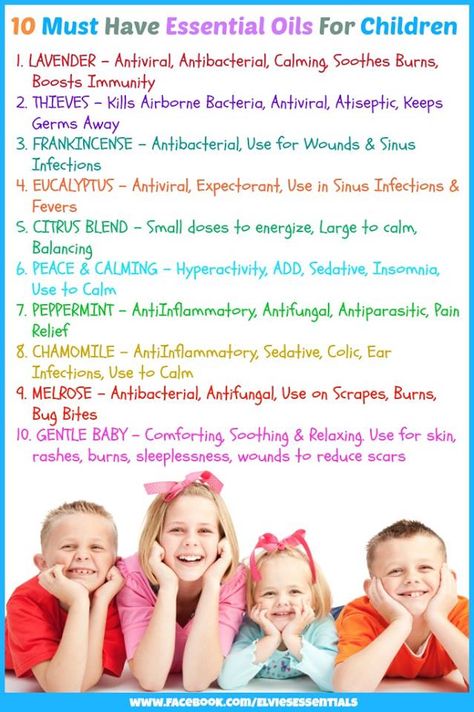 An established diagnosis can help a child start receiving treatment and psychological help on time.
An established diagnosis can help a child start receiving treatment and psychological help on time. -
ADHD is a family problem. Make sure that all family members understand what is happening to the child, accept it not as a disaster, but as a common illness that the child needs help with, and try to maintain a balance of attention in the family.
-
Avoid giving your child with ADHD a "bad reputation" in the family.
-
It is important to maintain your personal boundaries and discipline and not tolerate bad behavior such as disobedience, swearing or violence.
-
Make sure you help your child lead a healthy lifestyle through a balanced diet, regular physical activity and sleep patterns.
-
Give the child simple and clear instructions or requests - talk to him from a short distance, looking into his eyes, speak slowly and calmly.
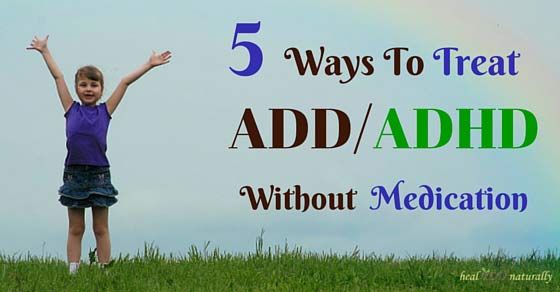
-
Praise your child when he has done what is required, however small (but be careful not to overpraise).
-
Write lists of useful rules and post them somewhere in plain sight (refrigerator).
-
Break up the child's required time at the table, such as meals and homework, into small intervals, say 15-20 minutes.
-
Avoid feeding your child food additives and dyes, as there is scientific evidence that children with ADHD are especially sensitive to them.
-
Find out about local parenting programs and support groups that can really help you cope better.
How do I deal with challenging behavior in a child with ADHD?
Children behave differently at different times. Feeling upset, sad, irritated, disappointed and many other emotions are a normal and healthy part of their lives.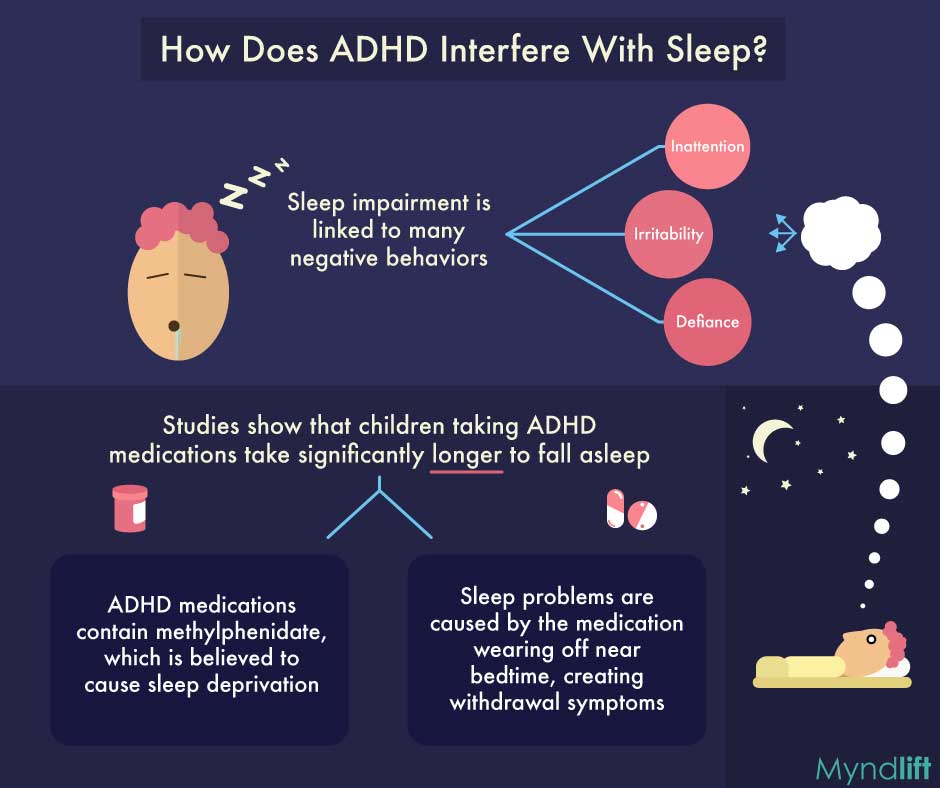 Many children go through the stages of setting and testing boundaries and are likely to be too provocative. This is especially true for children with ADHD. Sometimes younger children have tantrums, while older children may sometimes scream, rage, or even lash out at their parents or any obstacles or objects.
Many children go through the stages of setting and testing boundaries and are likely to be too provocative. This is especially true for children with ADHD. Sometimes younger children have tantrums, while older children may sometimes scream, rage, or even lash out at their parents or any obstacles or objects.
When we talk about "challenging behavior" we mean behavior that is persistent and difficult to manage for both the parent and the child. This includes things like:
-
Many outbursts of anger
-
Regular yelling, swearing and arguing
-
Aggressive actions: hitting, biting or kicking
-
Damage to things in the home or school
-
Malevolence or intimidation towards other family members or children
-
Constant trouble at school
The child's constant challenging behavior is tiring and demoralizing.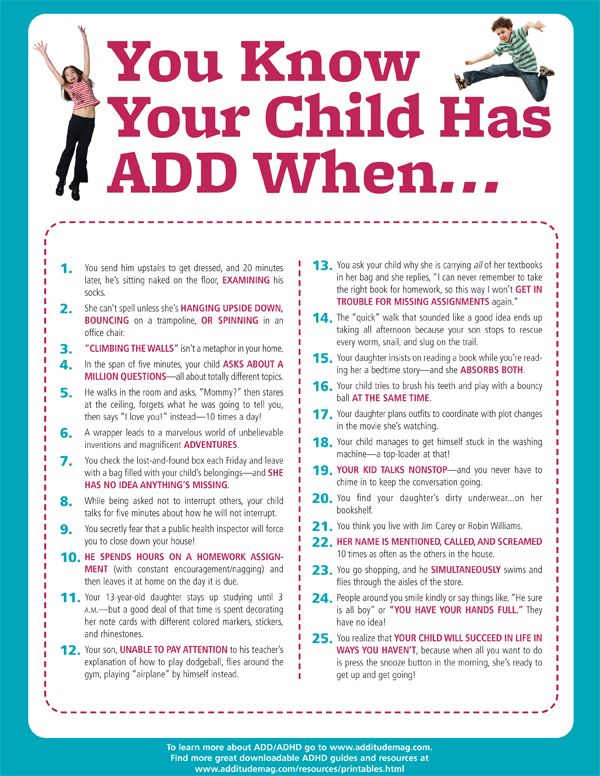 In families, this often results in everyone feeling less positive and comfortable.
In families, this often results in everyone feeling less positive and comfortable.
The child's behavior is a message about how he feels. When a child goes beyond acceptable limits, in order to understand the reasons for what is happening, you can imagine an iceberg. Complicated behavior is the tip, but there could probably be a range of emotions lurking underneath the surface. By starting to talk with the child, parents can learn more about how he feels and what is happening to him.
How to talk to a difficult child?
-
Find the right time and place to talk. It will be easier for your child to speak if you start a conversation during an activity.
-
Make it clear to the child that the problem lies in his behavior, and not in him as a person. Let your child know that it's okay to feel how they feel, whether it's sad, angry, anxious, or whatever, and that you can work together to find new ways to deal with these feelings.
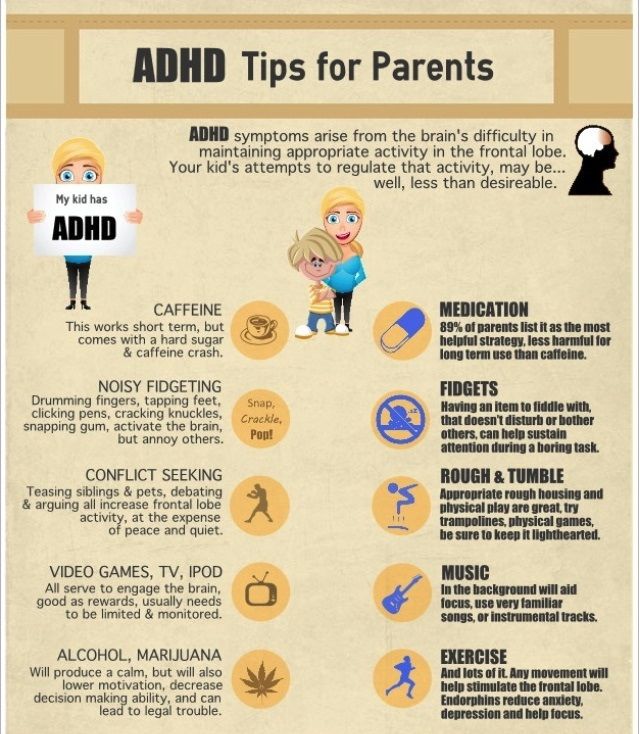
-
Explain why you don't like challenging behavior so that he understands. For example, you might say that while it's okay to be angry, it hurts other people when they hit.
-
Be curious, empathetic and open-minded. Focus on listening to the child and trying to understand things from their point of view.
-
Use simple phrases such as “I notice you yell a lot”, “I think something is upsetting you”, “I am worried that you are not happy” and “I need you to know that you can talk to me about what's going on."
-
Reassure your child that you love him and want to help him feel happier and learn to enjoy life.
How else can you help a child with defiant behavior?
-
Set clear boundaries and routines and stick to them as much as possible. You can do this by having a family agreement that includes such things as time limits for watching TV or playing computer games, meal times, and times to get out of bed and go to bed.
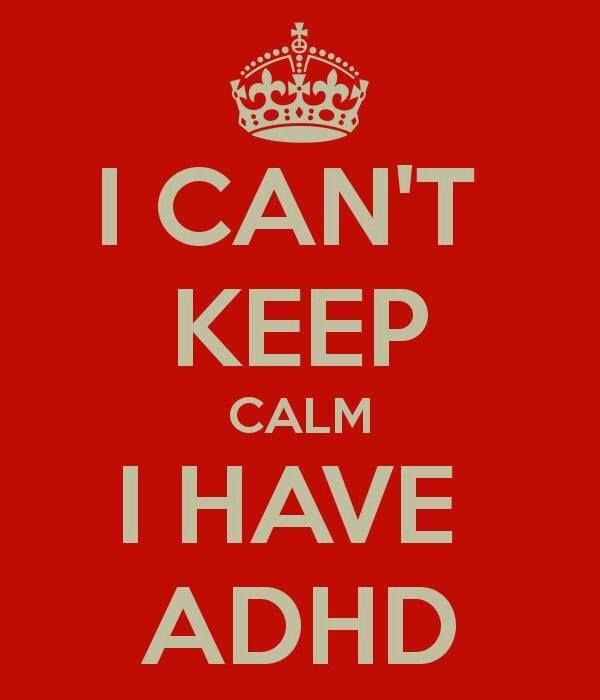
-
Consequence warning. Your child may respond better if you communicate the consequences so they have the opportunity to change their behavior. After explaining the consequences, it is important to talk together about what happened and return to a positive interaction.
-
Maintain the desired behavior. Pay attention to and reward your child when they show the type of behavior you asked them to, and be specific about why you are praising them.
-
Discuss activities together that will help your child express feelings and calm down. This could be drawing, doing outdoor activities like running, jumping or your favorite sport, reading a book, writing a story, baking or making something out of plasticine or Lego.
-
Help your child understand his feelings. If you show interest in your child's feelings and experiences, it will help him understand and find words to describe them.
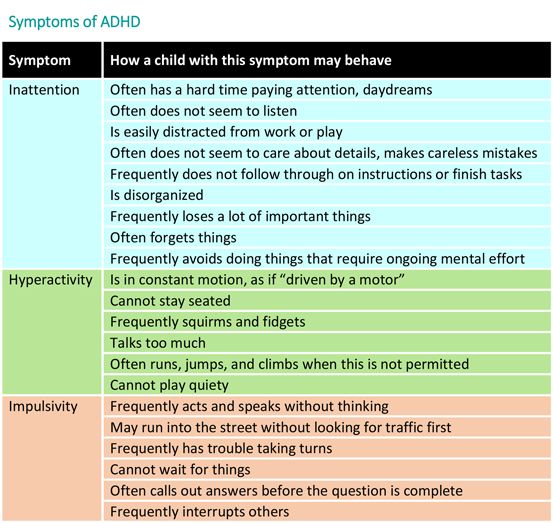 You can also help them spot signs that let them know they are about to explode, such as feeling hot, squeezing muscles, or breathing more heavily.
You can also help them spot signs that let them know they are about to explode, such as feeling hot, squeezing muscles, or breathing more heavily. -
Try to remain calm. You may feel frustrated, angry, or overwhelmed when your child behaves defiantly - and this is completely normal. Try not to react or object when this is the case. Give yourself and your child some time to cool down before talking about it.
-
Spend time with your child. Find something you can enjoy together, like going to the park, playing a board game, cooking, or watching your favorite movie.
-
Talk to teachers at your child's school. Share your concerns with their teacher and find out what their experience is like. How is your child behaving at school? Is it similar or different from how they behave at home? If your child's teacher has found a way to help normalize the behavior, it may be helpful to try this at home as well.
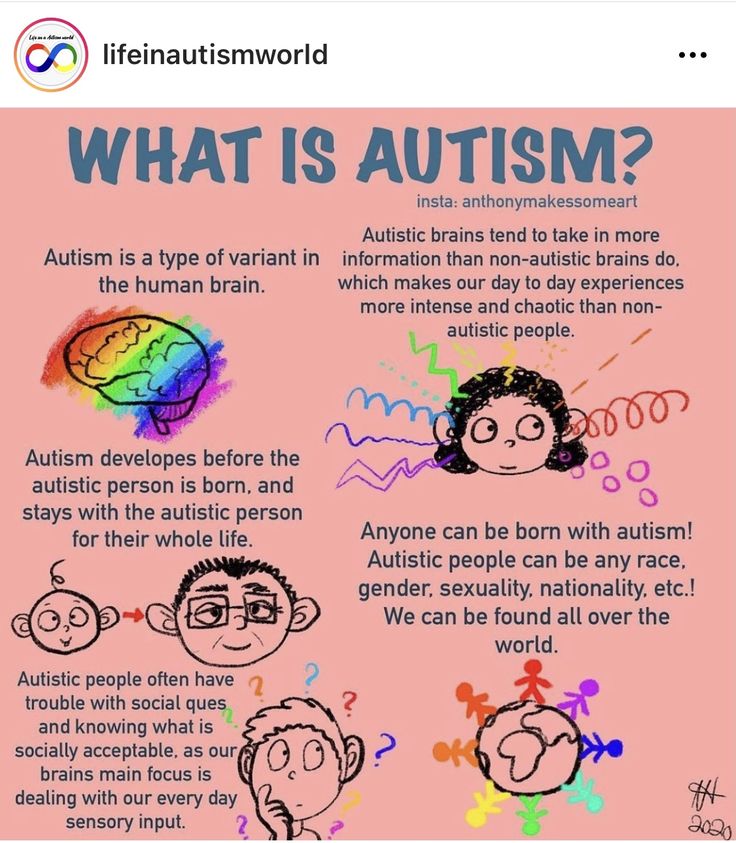
ADHD: how to stay calm | Keys to Health
Attention deficit or ADHD (Attention Deficit Hyperactivity Disorder) is quite common in today's society. What is the cause of this disorder, and what to do?
Hyperactivity is a condition in which the activity and excitability of a child exceeds the standards accepted in society and is a problem not only for himself, but also for those around him. Hyperactivity is a sign of a weak nervous system, prone to rapid overwork.
Distractibility (or impaired attention) is an attention disorder in which the child quickly switches to new objects or external stimuli.
Often lack of attention is accompanied by motor disinhibition. The child cannot sit still, spinning all the time, trying to climb somewhere. When performing tasks that require perseverance, he also shows anxiety.
The cause of ADHD
Among the main factors are medical, genetic and psychosocial. The disorder is based on a delay in the development of interconnected brain structures that provide the processes of behavioral inhibition and self-control. The frontal lobes, the "conductors" of all parts of the brain and the controllers of speech, mature later than usual in such children. Hence the difficulty in managing emotions and behavior: excessive impatience, increased motor activity, especially in situations requiring relative calmness, excessive talkativeness and noisiness.
The frontal lobes, the "conductors" of all parts of the brain and the controllers of speech, mature later than usual in such children. Hence the difficulty in managing emotions and behavior: excessive impatience, increased motor activity, especially in situations requiring relative calmness, excessive talkativeness and noisiness.
This behavior becomes most evident during kindergarten or school, where a high degree of self-control of behavior is required. A child with ADHD is not able to complete the learning requirements to the full extent. During the lessons, it is difficult for him to cope with the proposed tasks, as he experiences difficulties in organizing the work and bringing it to the end. Compared with peers, it is much more difficult for him to form writing, reading, and counting skills.
If an adult does not take into account these biological factors, then the child causes irritation, from which punishments follow, aggravating the child's condition and his position in the team.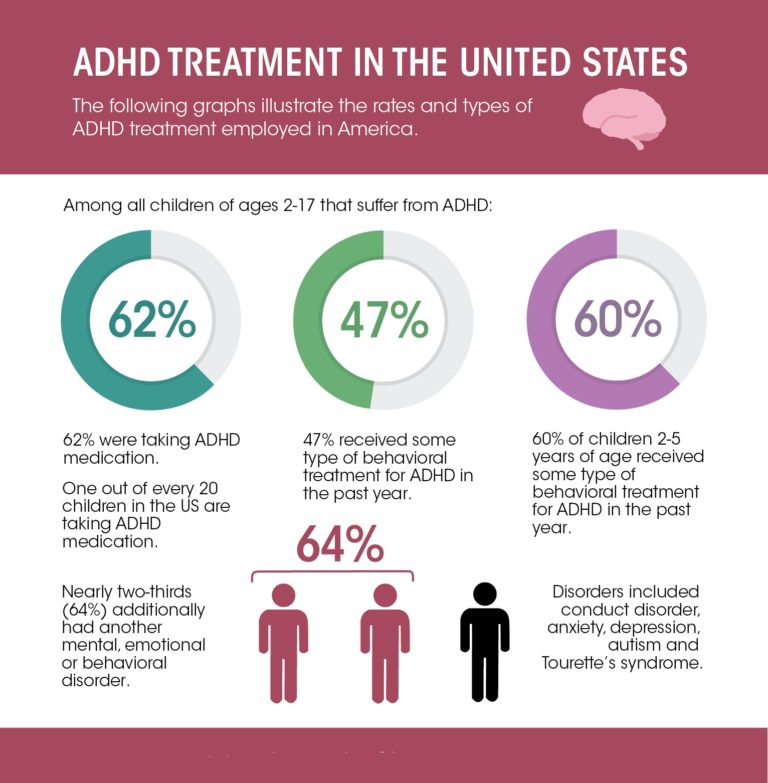
What to do?
Here, the parent faces many new tasks that require the adult to accept the child, give up some of his expectations regarding him, and restructure the way of the whole family.
The multifactorial nature of the appearance of a disorder requires an adult to take an integrated approach to helping a child. Of course, it is important to see a neurologist. Another direction is the creation of favorable conditions for the upbringing and education of the child. And here we need the joint efforts of parents, teachers, and a psychologist.
Parents need training: how to properly interact with a child, how to respond in crisis situations, keep calm, follow the rules.
Daily routine will help parents to balance the state of the child, avoiding his overexcitation and excessive fatigue. A long stay in a group of peers, noisy games lead the child to overexcitation, which further complicates mental activity. Such children need rest after school hours, some need daytime sleep, and all need relative loneliness, rest from the team.
Such children need rest after school hours, some need daytime sleep, and all need relative loneliness, rest from the team.
Follow the sequence, it is important not to follow the lead of the child. Permissiveness in such a situation is a bad helper. Adults surrounding the child should have uniform, non-contradictory requirements and restrictions. Try to avoid the words "no" and "can't". Negative methods for children with ADHD are ineffective. Due to their high sensitivity to negative stimuli, they perceive punishment poorly, but quickly respond to praise.
Set aside time for homework. It is necessary to check how the child learned the material covered in the class, whether there are any gaps. So that the child does not forget to complete the tasks, use "reminders" - notes, stickers in the pencil case or on the wall, thanks to which the child can remember to take a thing with him, go somewhere or do something. It is important to remind and encourage him for what he has done.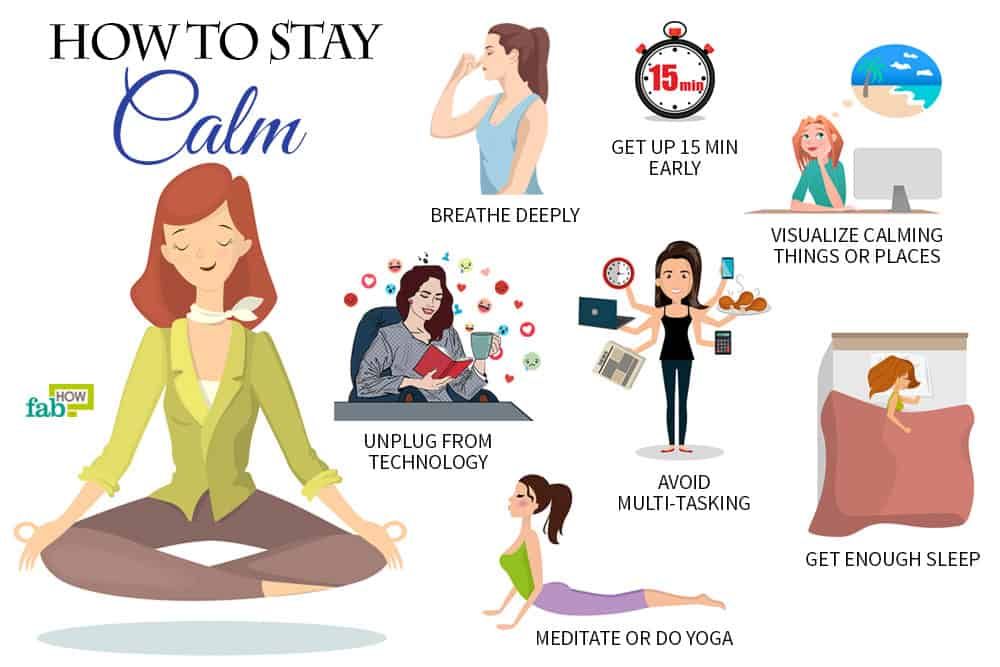
Friendly environment at home and daily routine will stabilize hyperactivity.
If an adult is anxious, in a state of stress, then he cannot help the child. An emotionally devastated parent will not be able to support the child. This state is characterized by breakdowns, followed by feelings of guilt.
How to stay stable
Time-outs and breathing exercises can partially help an adult. But to change the situation, to help accept your child as he is, to love him as he is, not to be ashamed of your child helps to humblely turn to God for help in prayer. When an adult understands that his emotional resources are limited, and resorts to the Lord in prayer for peace, tranquility, and wisdom, the request does not go unanswered.
“Come to Me, all who bear a heavy burden of work and worries, and I will give you rest! Take upon yourself the yoke of My [commandments] and learn from Me, for I am meek and lowly in heart, and you will find rest for your souls, because My yoke is easy [to carry], and My burden is light” (Matthew 11:28-30, translation of the Institute for Bible Translation at the Zaoksky Theological Academy). God invites you to bring to Him fear about the future of the child, shame for his behavior, for the fact that he is “not like that”, fatigue from daily lessons with lessons. In this invitation, the big challenge for the anxious parent is to give control of themselves to God.
God invites you to bring to Him fear about the future of the child, shame for his behavior, for the fact that he is “not like that”, fatigue from daily lessons with lessons. In this invitation, the big challenge for the anxious parent is to give control of themselves to God.
As a significant proportion of children grow, disturbances in the nervous system of the brain are compensated. Excessive impulsivity, impatience, forgetfulness, restlessness, quick and frequent mood swings can also be observed in adulthood. However, the main factor of success in adulthood will not be grades and academic performance, but the ability to adapt to changing conditions, build relationships with other people. The inner core that will help the child adapt to changing conditions will be a warm trusting relationship, the acceptance of parents, their faith in the capabilities of their child.
Maria Vacheva, psychologist
nutrition for ADHD
Reduce consumption, or rather eliminate from the diet:
Refined sugar.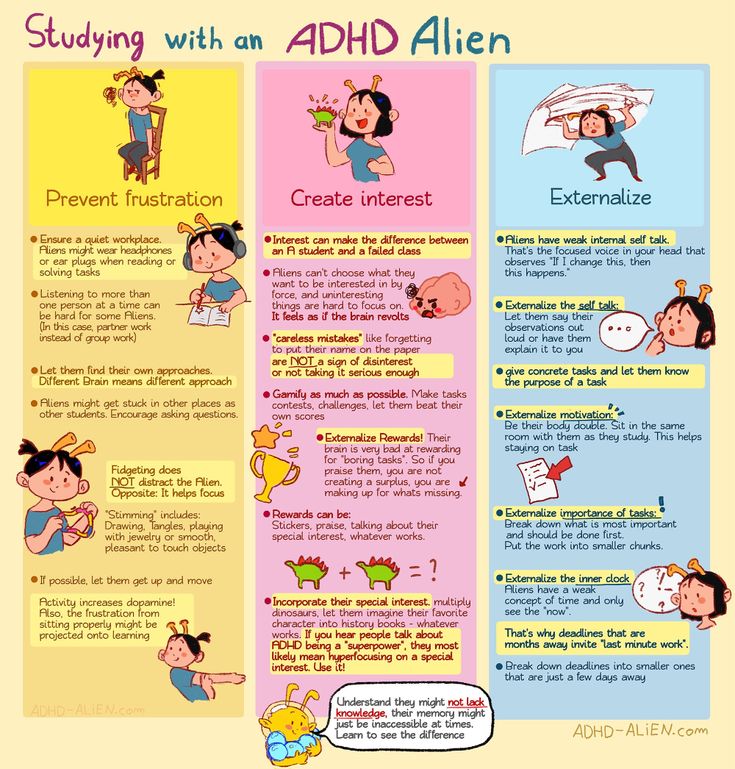 Neurons are very sensitive to sudden changes in glucose levels.
Neurons are very sensitive to sudden changes in glucose levels.
Food supplements and instant food. Among them stand out: E102, E104, E110, E122, E951, glutamate. These additives can upset the balance of neurons and cause behavioral disturbances, inability to focus and finish the job.
Stimulants. Caffeine, found in chocolate, coffee, and Coca-Cola, blocks neurotransmitters and disrupts the complex brain chemistry responsible for mental and emotional stability.
Increase your intake of the following foods:
Nuts and seeds are rich in tryptophan, a precursor to serotonin, the feel-good neurotransmitter. The phospholipids contained in them contribute to maintaining the balance of the nervous system.
Whole grains maintains stable blood glucose levels. Grains are a good source of B vitamins, which are essential for the stable functioning of neurons.
Vegetables and fruits is a good source of vitamins and minerals, the lack of which contributes to the manifestation of nervous tension.